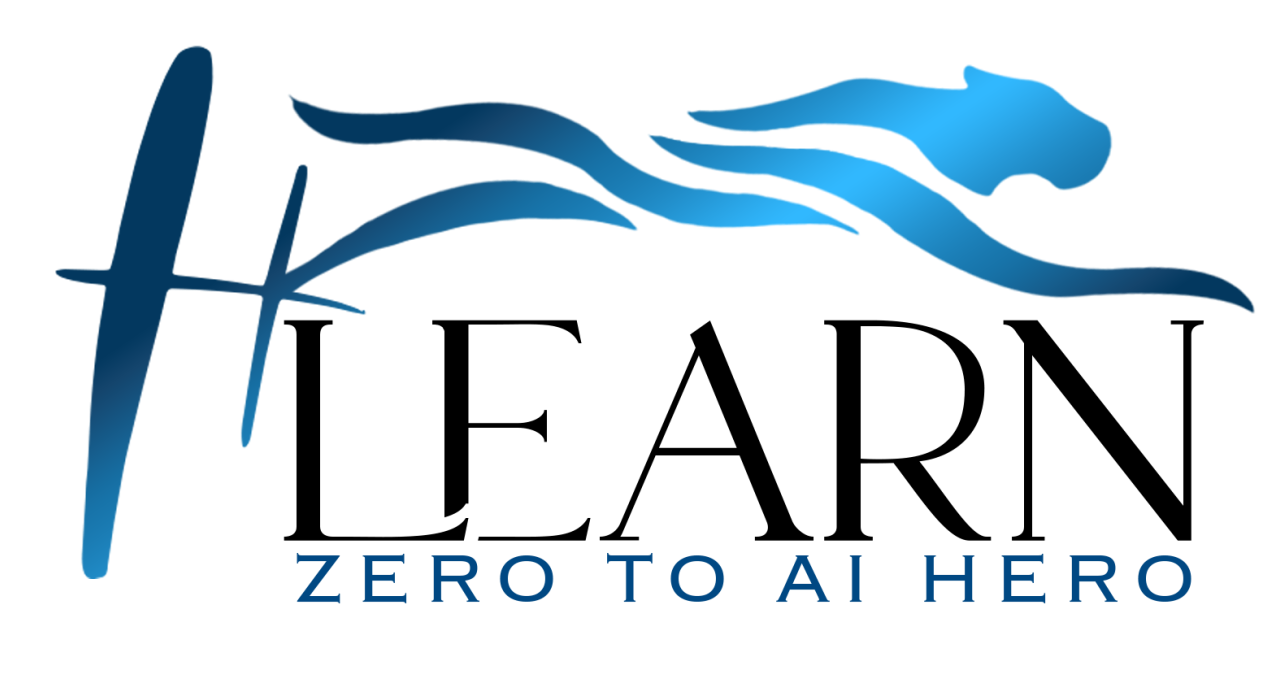Outline
Introduction
Current State of AI in Supply Chain
Key AI-Powered Tools & Technologies
Practical Use Cases Across the Supply Chain
Key Trends Shaping AI-Driven Supply Chains
Best Practices for Implementation
Common Pitfalls & How to Avoid Them
Conclusion & Future Outlook
1. Introduction
Supply chain leaders in 2025 face a tangled web of global complexities: ever-evolving customer demands, fluctuating markets, environmental regulations, and razor-thin margins. Artificial Intelligence (AI) has emerged as the game-changing solution that can address many of these challenges—transforming everything from demand forecasting to last-mile delivery. Yet many professionals still wonder how AI can be applied effectively, what tools are worth the investment, and what best practices ensure success.
In this blog, we’ll explore the current state of AI in supply chain, the key tools driving transformation, real-world use cases that demonstrate ROI, and the best practices you need to harness AI effectively. We’ll also walk through common pitfalls to help you avoid expensive missteps. By the end of this post, you’ll have a clear roadmap for leveraging AI to create a more resilient, agile, and future-ready supply chain—one that can seamlessly adapt to whatever disruptions may come next.
2. Current State of AI in Supply Chain
AI’s footprint in supply chain management has expanded significantly since the early days of basic automation and rule-based systems. Powered by machine learning and predictive analytics, AI now reaches every stage of the chain—procurement, manufacturing, logistics, warehousing, last-mile delivery—helping stakeholders improve speed, efficiency, and accuracy.
For instance, robust predictive algorithms can anticipate delivery delays or inventory shortages before they happen, while machine learning–powered robotic systems can optimize picking, packing, and pallet configurations in real time. Meanwhile, advanced analytics have drastically cut lead times and improved customer satisfaction by providing near-instant alerts on everything from supply disruptions to product demand shifts.
However, maturity levels vary widely by organization. Some companies struggle with data quality or siloed systems that limit AI’s potential. Others have well-funded AI labs but haven’t defined how those breakthroughs tie back to business outcomes. The best-performing firms adopt a “practical innovation” mindset—deploying AI in targeted increments while building the data infrastructure to scale.
Market research indicates that over 80% of supply chain executives see AI as a top priority for operational resiliency. Still, only about 30% believe their organizations are executing effectively. Skills, data integration, and change management remain persistent hurdles. In this environment, success depends on having a clear AI roadmap, strong executive buy-in, and a willingness to invest in necessary data and technology foundations.
3. Key AI-Powered Tools & Technologies
Today’s supply chain AI landscape is vast. To cut through the noise, it’s helpful to categorize AI solutions into a few core technology types:
Predictive Analytics & Machine Learning Platforms
Tools like Microsoft Azure ML, TensorFlow, or SageMaker help data scientists build, train, and deploy models.
Predictive analytics uses historical data plus real-time signals to forecast variables like demand, lead times, or potential machine failures.
Computer Vision
Camera- and sensor-based solutions that “see” and analyze products and processes.
Commonly used for quality control in manufacturing, damage detection in warehouse operations, or even in retail for shelf management.
Robotic Process Automation (RPA) + AI
Software bots handle repetitive tasks like purchase order management, invoice processing, or data entry.
When combined with AI, RPA can even make decisions (like which supplier to contact first if inventory runs low).
Cognitive Assistants & Chatbots
AI-driven interfaces that handle routine queries from internal teams or external customers (e.g., “Where’s my shipment?”).
Frees up human operators to focus on value-added tasks and complex problem-solving.
Digital Twins
Virtual replicas of physical supply chain networks, products, or processes.
Allows real-time simulation of “what-if” scenarios (e.g., “What happens if a key supplier in Asia shuts down?”).
Advanced Optimization Engines
AI that goes beyond basic route planning into real-time multi-variable optimization.
Used for scheduling trucks, picking pack patterns, or dynamic inventory allocation.
When deciding which tools to adopt, supply chain leaders should evaluate data readiness, ROI potential, and ease of integration with existing systems. Tools can vary from out-of-the-box software to custom solutions built in-house. Whichever path you choose, ensure robust data pipelines and a clear strategy for embedding these tools into workflows—otherwise, even the best AI tech can fizzle out due to lack of user adoption.
4. Practical Use Cases Across the Supply Chain
Procurement & Sourcing
AI can analyze historical spend, supplier performance, and market trends to flag the best time to lock in contracts or reorder materials.
Some companies use AI to predict raw material price movements or shipping rates.
Manufacturing & Production
Predictive maintenance algorithms help reduce downtime by warning staff of machine failures before they occur.
Computer vision systems catch product defects at the earliest stage, preventing wasted downstream costs.
Warehouse Management
Machine learning can optimize slotting strategies, automatically placing the fastest-moving SKUs in the most accessible pick locations.
Autonomous robots collaborate with human pickers to improve accuracy, reducing labor costs.
Transportation & Logistics
Route optimization AI helps fleets avoid congestion, minimize fuel consumption, and respect driver constraints.
Real-time data on weather, traffic, or local disruptions is fed back into predictive models to adapt on the fly.
Sales & Demand Planning
AI-driven demand forecasting can incorporate hundreds of variables (seasonality, promotions, competitor actions) to better predict consumer needs.
This reduces stockouts, overstocks, and the dreaded bullwhip effect.
Last-Mile Delivery
AI can coordinate crowdsourced delivery networks or dynamically reroute drivers.
Some retailers experiment with drone deliveries or self-driving vehicles—though adoption is still nascent and highly regulated.
Across these use cases, the benefits are clear: cost savings, improved speed, better risk management, and enhanced customer experience. The key is starting small—prove ROI in one use case, then scale across the organization with the lessons learned.
5. Key Trends Shaping AI-Driven Supply Chains
Hyperautomation
As a Gartner-coined concept, hyperautomation blends RPA, AI, and machine learning to automate end-to-end processes, from forecasting to fulfillment.
Edge Analytics
Instead of sending all data to the cloud, sensors and devices analyze data “at the edge.” This can reduce latency (crucial for real-time decisions like autonomous vehicles) and cut cloud costs.
Sustainability & ESG Metrics
AI-driven dashboards track carbon footprints, energy consumption, and social compliance. With regulators and consumers demanding transparency, this trend is only growing.
Resilient & Multi-Regional Supply Chains
The pandemic revealed vulnerabilities in highly concentrated supply bases. AI helps organizations create “plan B” scenarios and quickly pivot if region A shuts down.
AI Democratization
Low-code/no-code AI platforms are empowering non-technical staff (e.g., supply chain planners) to build or tweak models themselves, significantly accelerating adoption.
Data Ethics & Security
As AI usage grows, so do concerns about bias, data privacy, and cybersecurity. Transparent and ethical AI is becoming table stakes for brand reputation.
Staying ahead of these trends often requires cross-functional collaboration—IT, operations, finance, and even marketing. AI is no longer a siloed “tech project,” but a strategic capability that shapes the entire business.
6. Best Practices for Implementation
Start with a Clear Business Case
Pinpoint the specific problem or opportunity. e.g., “Reduce shipping costs by 10% in the next fiscal year using route optimization AI.”
This keeps the project focused on measurable value.
Invest in Data Governance
AI is only as good as the data feeding it. Address data silos, missing data, or inconsistent labeling early.
Set up data governance policies—who owns which data, how often it’s updated, etc.
Cross-Functional Alignment
Involve key stakeholders from finance, IT, and operations. They can champion the project and help ensure resources, budgets, and organizational support.
Provide training so that end users trust and understand the AI-driven recommendations.
Iterative Deployment
Start small: pilot the AI on a subset of processes or a single facility.
Evaluate performance, refine the model, then expand. This agile approach reduces risk.
Monitor & Maintain
AI models can “drift” over time if data patterns change. Set up continuous monitoring and re-training schedules.
A model that worked last year might need updating if demand patterns shift drastically.
Measure ROI & Scale
Track metrics like cost savings, cycle time reduction, or forecast accuracy improvements.
Celebrate wins to build momentum internally. Use data-driven proof points when requesting larger AI budgets.
7. Common Pitfalls & How to Avoid Them
Poor Data Quality – leads to inaccurate predictions. Invest in data cleaning, or your AI project may fail before it starts.
No Executive Sponsorship – If leadership isn’t on board, you’ll struggle to get funding or cooperation from key departments.
Overhype & Under-Delivery – Setting unrealistic expectations can quickly erode trust. Start with modest, clear goals.
Ignoring Change Management – Even the best AI is useless if employees don’t trust or adopt it.
Lack of Continuous Improvement – AI isn’t “set it and forget it.” Regular updates, monitoring, and improvements are mandatory.
8. Conclusion & Future Outlook
Adopting AI across the supply chain isn’t just about technology. It requires a holistic approach that aligns data, processes, and culture. Start with clear objectives, ensure high-quality data, and iterate your way to larger deployments. As companies move into 2025 and beyond, those that strategically integrate AI into their supply chain workflows will gain a vital edge in resiliency, customer satisfaction, and cost efficiency.
The good news is that AI tools are becoming more accessible—democratized through user-friendly platforms and widespread knowledge sharing. With thoughtful planning, a commitment to best practices, and support from leadership, your organization can unlock AI’s full potential. The next wave of supply chain disruption is already here. The question is: will you be ready to lead it?

